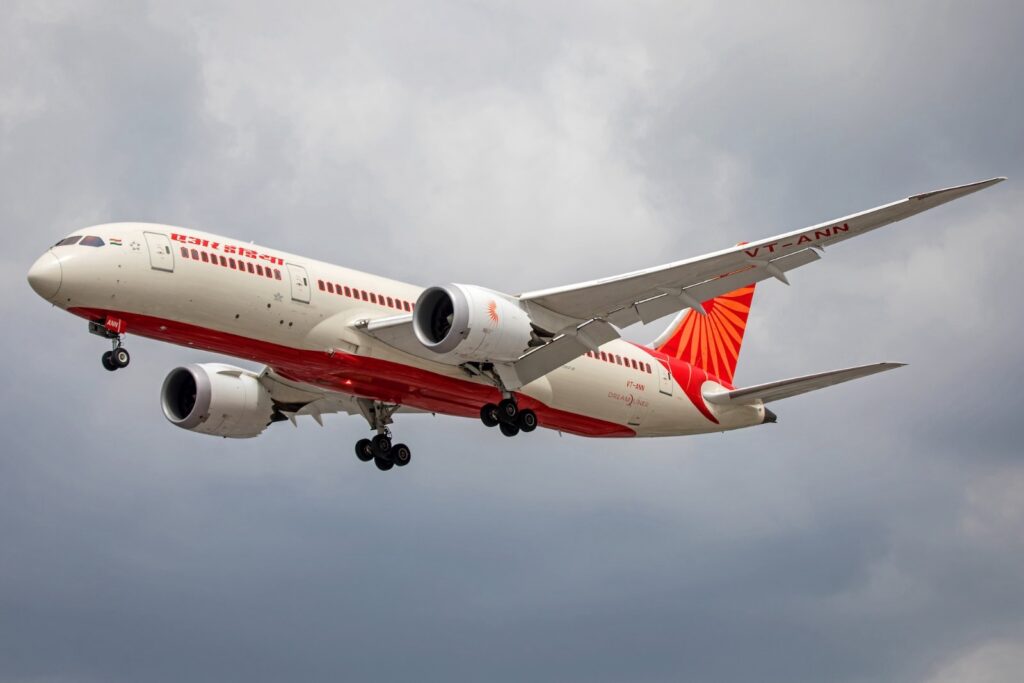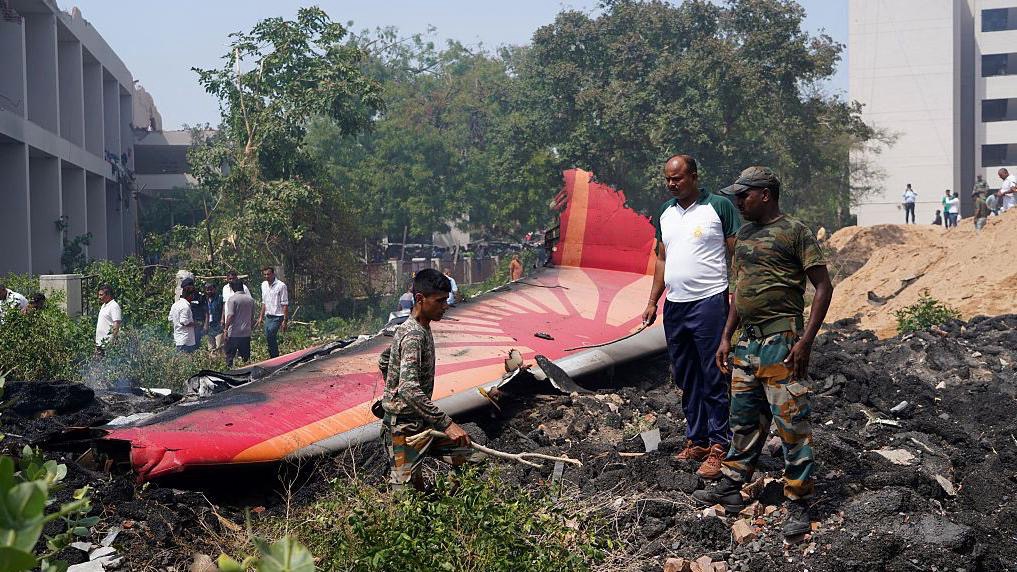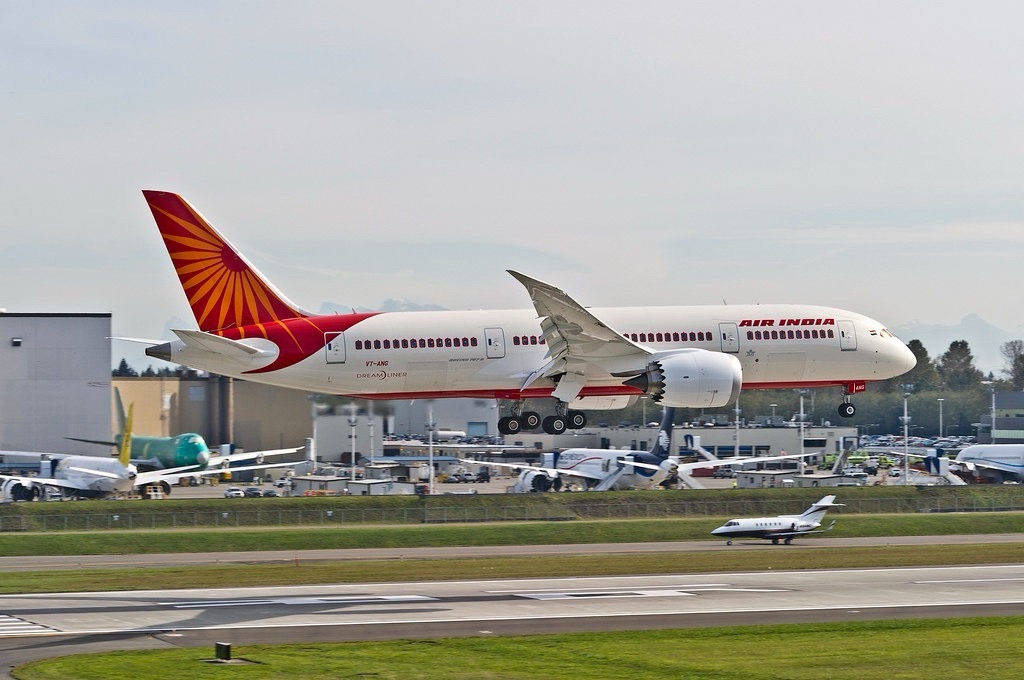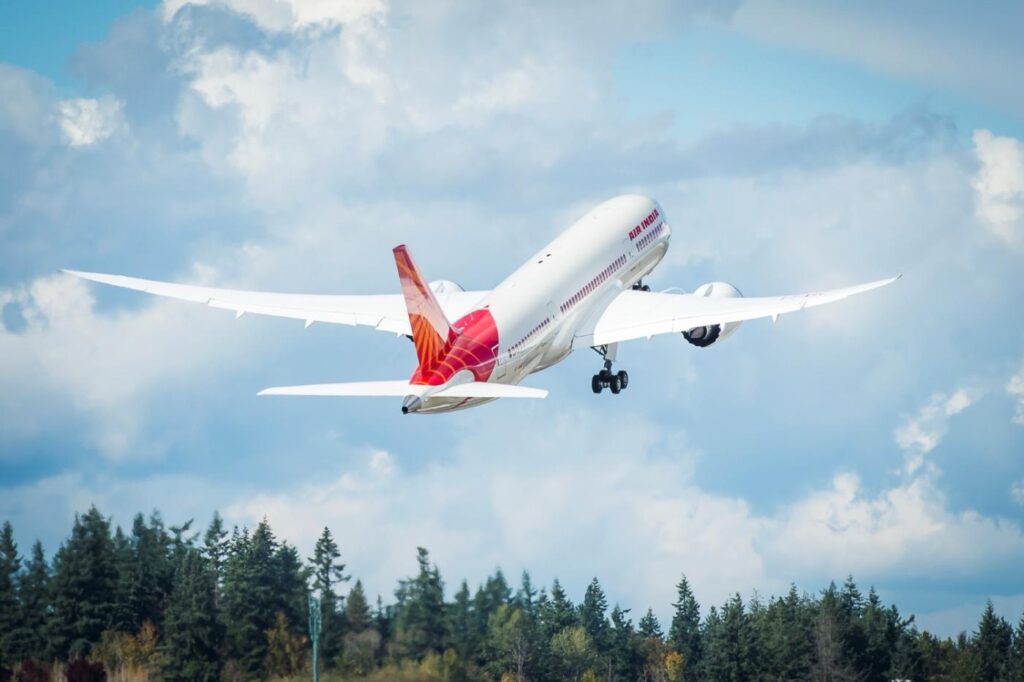Investigators are examining all possible factors that may have contributed to the air tragedy on 12 June, including the possibility of sabotage.
Authorities have not dismissed sabotage as a potential factor in the Air India plane crash that claimed the lives of 274 individuals.
Flight AI171, which was heading to London Gatwick, went down shortly after taking off from Ahmedabad Airport on 12 June, resulting in the deaths of all but one of the 242 passengers aboard, along with nearly 30 individuals on the ground.
Security footage from the airport captured the Boeing 787-8 Dreamliner taking off, only to shortly thereafter begin descending and subsequently crashing in a fiery explosion.
On Sunday, India’s civil aviation minister stated that investigators are exploring all conceivable reasons for the disaster, including the possibility of sabotage.

Experts have informed Yahoo News that they consider sabotage to be one of the less probable explanations for the crash, cautioning that the nature of the incident may complicate efforts to retrieve data from the aircraft’s black box.
It has also come to light that a report regarding the causes of the crash is set to be released in three months.
Power failure
The aircraft’s pilot, Captain Sumeet Sabharwal, a seasoned aviator with 8,200 hours of flight experience, communicated with air traffic control shortly after takeoff, stating: “No thrust. Mayday, mayday.”
A report from the Wall Street Journal indicated that the aircraft’s emergency power generator, referred to as the ram air turbine (RAT), was active at the time of the crash, which aviation experts have suggested points to potential engine power failure as a contributing factor.
This system produces electricity and hydraulic pressure, allowing pilots to maintain control of the aircraft even in the event of both engines failing.
The chances of both engines failing are extremely low, though it can occur due to a bird strike. However, specialists seem to have ruled out a bird strike, as none were seen in the CCTV footage of the incident.

Wing flaps
Some experts have noted that CCTV footage indicates the aircraft’s wing flaps were not deployed during takeoff.
This would have diminished lift during takeoff in India’s 40°C heat, which necessitates higher flap settings.
The plane’s landing gear also appeared to be in the deployed position instead of being retracted after leaving the runway.
One theory suggests that the landing gear may have become stuck, prompting the pilots to partially retract the flaps to minimize drag in an effort to gain altitude. However, if this was overdone, it could lead to a loss of lift.
Fuel contamination
Another potential cause being investigated is fuel contamination, which could result in a dual engine failure.
Investigators are likely to scrutinize the type of fuel used by the Air India aircraft, the maintenance of the refueling equipment at the airport, and the specific storage conditions of the fuel.
The AAIB is also anticipated to investigate whether the fuel was tainted as part of a deliberate act of sabotage.

Sabotage
On Sunday, Murlidhar Mohol, India’s Minister of Civil Aviation, stated that investigators from the Aircraft Accident Investigation Bureau (AAIB) were exploring all possible explanations for the crash, including the potential for sabotage.
In an interview with New Delhi Television (NDTV), he characterized the crash as an “unfortunate accident.”
However, he subsequently addressed the AAIB’s inquiry into the catastrophe, remarking: “It is being investigated from all perspectives, including any potential sabotage.”
“The CCTV footage is currently under review and all aspects are being evaluated. Multiple agencies are involved in this effort.”
Aerospace engineering specialist Dr. Jason Knight, a senior lecturer in fluid mechanics at the University of Portsmouth, informed Yahoo News that he did not believe sabotage would be identified as the underlying cause of the disaster.
“While sabotage remains a possibility, I personally find it to be highly improbable as the cause of the accident,” he noted, emphasizing that it is standard procedure to investigate whether sabotage plays a role in aviation disasters.
“They will thoroughly investigate every avenue, including the possibility of sabotage as a contributing factor—regardless of how unlikely it is to be the cause,” he added.

What happens next?
At the end of the previous week, investigators commenced downloading data from the two black boxes that were retrieved following the crash.
The cockpit voice recorder (CVR) and flight data recorder (FDR) were found in the aftermath of the incident—one was discovered the following day on the rooftop of a building, and the other was located among the wreckage three days after the disaster.
The Indian government announced last week that the AAIB had begun extracting data from the black boxes once they arrived in New Delhi.
Mohol refuted claims that the black boxes would be sent abroad for analysis, asserting that the AAIB would conduct the “entire investigation” and that a report detailing the causes of the crash would be released within three months.
“Once the report is completed, we will be able to determine whether it was an engine malfunction, a fuel supply issue, or the reason both engines ceased to function,” he stated.
Dr. Knight conveyed to Yahoo News: “The AAIB will prioritize confidence in their findings and will require time to collect evidence and analyze all data. They will utilize various sources of information to investigate and validate the actual cause.”
Dr. Akhil Bhardwaj, a disaster expert and senior lecturer at the University of Bath, told Yahoo News that the rapidity with which the incident occurred might hinder the investigation.
“The data obtained from the recovered black box should allow investigators to pinpoint what went awry,” he explained. “The brief timeframe in which the event transpired can complicate data analysis, as many indicators may intertwine and be challenging to disentangle clearly.”
For all aviation-related guidance (DGCA ground classes, pilot training, cabin crew training)
Contact us https://contrail.in/
phone numbers +91 78457 69399


